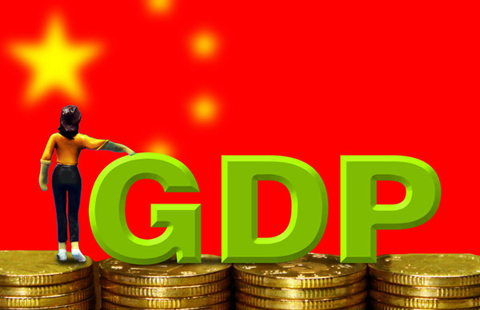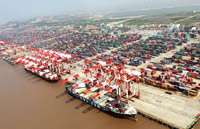FTA to reshape Sino-Korea relations
By Yifang Hu (China Daily) Updated: 2015-01-26 10:09Deepening economic cooperation between the two countries could have a profound impact on trade and financial integration across the Asia-Pacific region.
The FTA between South Korea and China is likely to diversify South Korean trade and put pressure on Japan to register some progress in the China-Japan-South Korea FTA initiative. Negotiations on that started in 2012 but have made limited progress. Given the similarity in industrial structure and economic specialization between South Korea and Japan, the China-South Korea FTA is likely to divert trade away from Japan.
South Korean car makers are direct competitors of Japanese manufacturers. Pricing strategies and the quality of cars from South Korean brands such as Hyundai and Kia are very similar to those of Toyota and Honda. South Korean car makers have taken a significantly larger share of the Chinese market than their Japanese peers. Specifically, motor vehicle sales of Hyundai Kia Group in China reached 1.58 million units in 2013, ranked No 2 among all foreign car brands following Volkswagen, while those of Toyota and Nissan combined amounted to only 1.69 million units. As a result, China's current tariffs of 25 percent and 10 percent for motor vehicles and auto parts, respectively, would put Japanese car makers at a great disadvantage after the China-South Korea FTA takes effect.
South Korea and Japan are also direct competitors in other fields, including electronics, machinery, optical devices and consumer products. That would push Japan to be more active in advancing China-Japan-South Korea FTA negotiations with pressure from the China-South Korea FTA.
The agreement between Beijing and Seoul could also help promote and mold growth through the Regional Comprehensive Economic Partnership initiated by the 10 countries of the Association of Southeast Asian Nations.
The partnership aims to establish a regional FTA by China, Japan, South Korea, Australia, New Zealand, India and ASEAN by the end of this year. China has been playing an important role in RCEP negotiations. RCEP covers a total population of 3.5 billion with an aggregate GDP of $23 trillion, accounting for one-third of the world's total.
The author is chief economist of Haitong International, based in Hong Kong. The views do not necessarily reflect those of China Daily.
- New ventures offer hope in slow economy
- Chinese PE firms seeking more synergy through international purchases
- Interest cuts weak in stimulating China's real economy
- Property sector recovers in east China province
- Chinese innovation draws international attention at the WEF
- Chinese participants see WEF as efficient network platform, predictor for future
- Dalian, a welcoming haven for expats
- China CNR announces major contracts
















